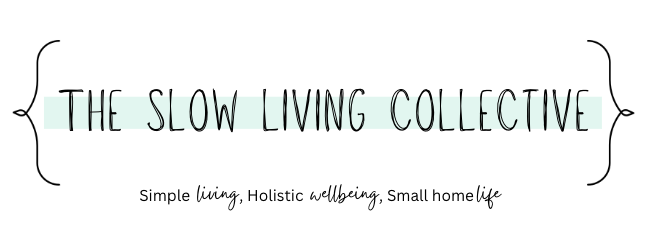There is something about my 30s that made me rethink the way I wanted to live my life. Much of that has revolved around living simply and dreaming about living on a homestead. Here’s the thing though I don’t have land or pasture. In fact, I live straddling the town and countryside and the land is ridiculously priced to build on. That aside I actually really like where I live. I like our lifestyle so creating our own full-blown homestead is also not for me either. Not at the moment at least. So what next?
Wanting to live a different way of life
We’ve been living a simple life since the birth of our first child over 4 years ago now; switching off from the mainstream of modern society and ultimately living differently than the norm. We eat ethically raised meat from regenerative farms, we take a holistic approach to our health (unless necessary), we live and eat seasonally, we grow our own food on our allotment, we educate our children outside of the school system and we don’t live the fast-paced life modern society tries to push on us. Some might call me a bit hippy but it’s not even that. More and more people are opting out of the rat race and embracing slowing down and creating a simpler lifestyle.
Simple as in simplicity, not ease
Now sometimes there is a disconnect when people think about slowing down and running a homestead. The latter is obviously a lot of hard work, but I think it’s important to remember that slow and simple isn’t supposed to equate to easy. Instead embracing the slower or traditional way of doing things. Creating an urban homestead, a regular homestead, or growing your own vegetable garden isn’t always easy but it is fun. Working hard on something you love doesn’t make it the opposite of a slow and simple life. In fact, I would argue that it is the very essence of what builds that simple life you desire.
Creating an urban homestead
Now most of us don’t have the luxury of buying land or living on a small farm or smallholding. But as I have been creating for our family over the last four years, you can create your own urban homestead in the space you have. Whether you live in a flat, apartment, or house, there are many ways that you can embrace an urban homestead life. I currently live in a split-level flat on the edge of the countryside and the outdoor space I have at home is a balcony. While I don’t have a farm or small homestead, I have creatively crafted my own urban homestead. Whether you live in a flat or house, I want to help you do the same. Today I am sharing my top five tips for creating your perfect urban homestead in the space you have available. Let’s start living that life you dream of without breaking the bank.
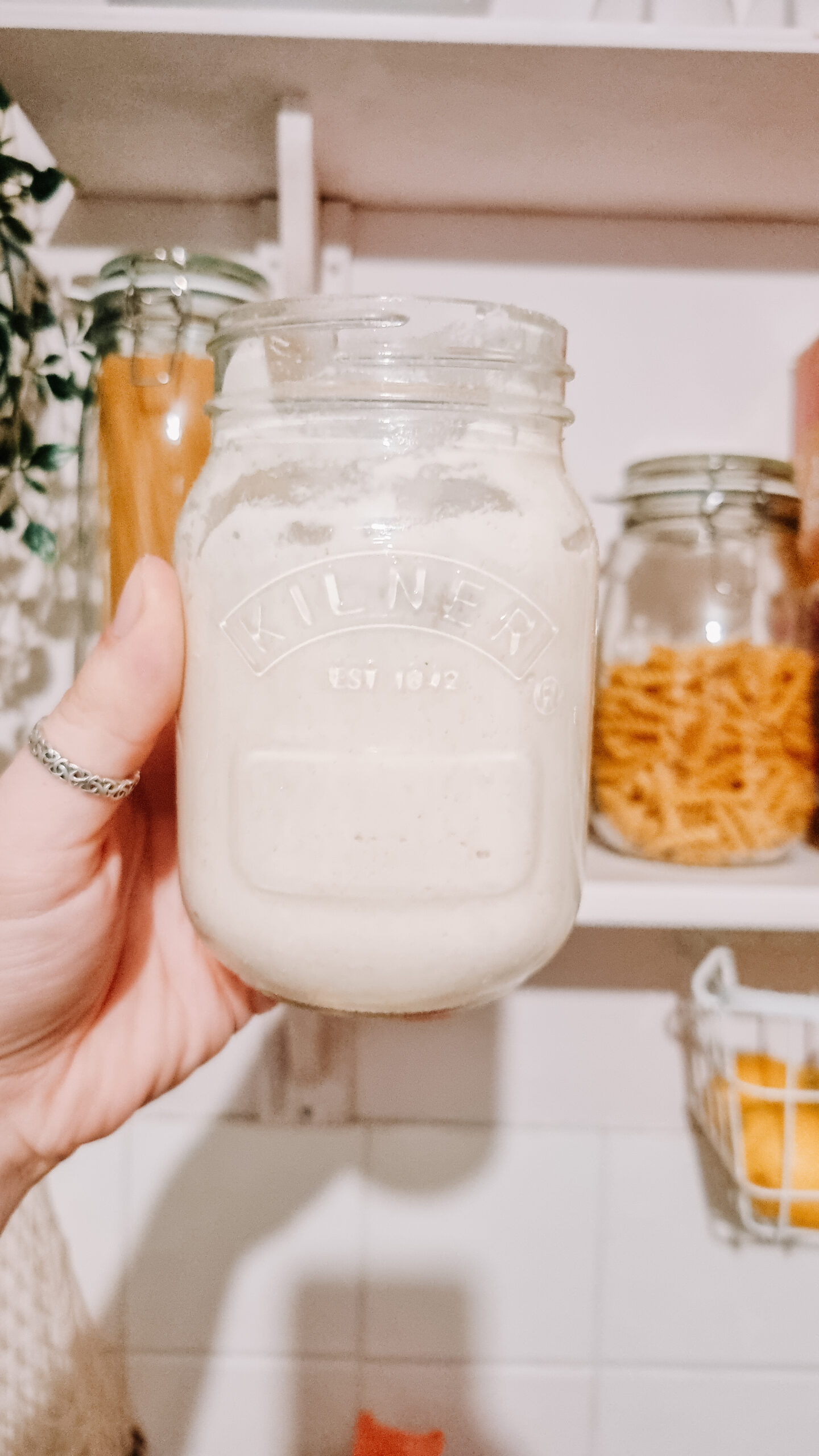

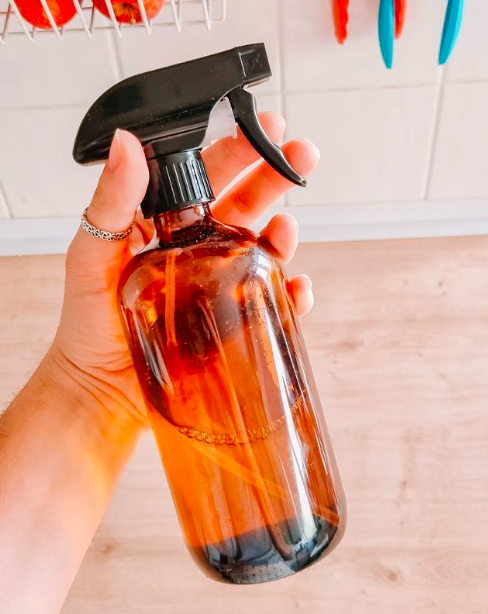
1. Create your garden & grow your own food
Grow your own produce
If you have outdoor space, no matter how large or small, then create your own garden and think about ways you can start to grow your own produce. I grew solely on my balcony for five years. I was creative with the space I had and I was able to grow an abundance of produce. A year ago we also got ourselves an allotment, a small piece of land we rent for growing our own produce. Through this, we have been able to really level up and be more sufficient in the food we are able to grow.
Evaluate your space and consider what you would benefit from most, and what would work in the space you have. If you have a garden you might find it possible to do more extensive growing compared to a balcony. If you are limited on space you can consider putting your name down on a list for an allotment. Allotment lists can be long so I definitely recommend doing that sooner rather than later. In the meantime, you can start growing in the space you have available.
You can absolutely grow on a balcony
Growing on a balcony or in a small space can be incredibly rewarding. My advice is don’t count yourself out just because you think your space isn’t big enough. Anything you are able to grow is amazing and one less thing you have to purchase from the supermarket. All you need to do is be smart with the space you have. I recommend a small, plastic greenhouse (remember to weigh it down) to start off your seeds and young plants. Investigate what would work best in a small space or even in containers. Pre 2022, I did all of my growing in containers and pots on my balcony. I grew things like Strawberries, Beetroot, Peppers, Tomatoes, Radishes, Potatoes, Cucumbers, and lettuce. There was so much joy being creative in a small space.
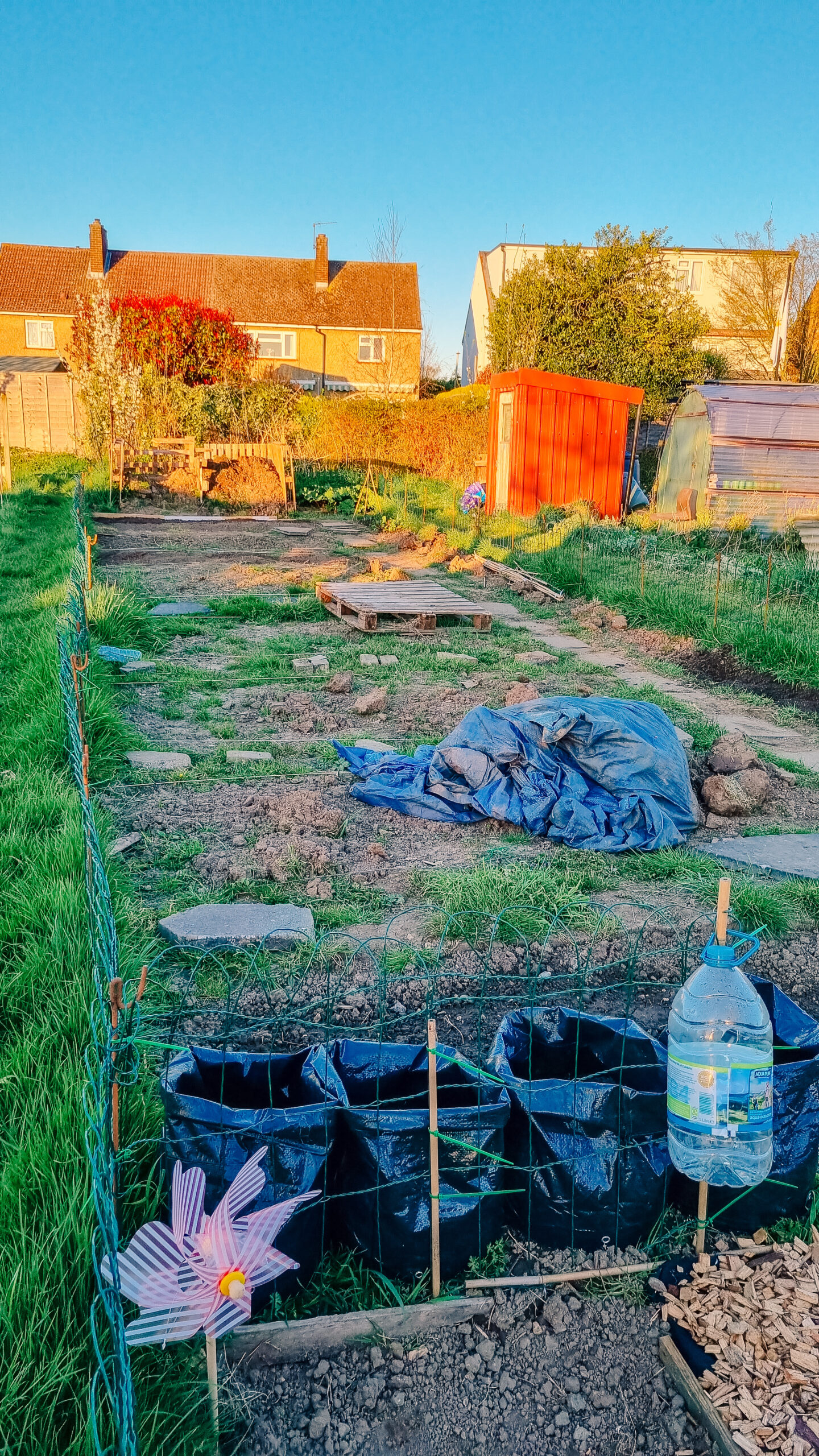



2. Create Compost & save your kitchen scraps
If you have a bigger space in your garden or at an allotment then get creating a compost heap. This will help you create your own compost and reduce food waste. It is a great addition to your urban homestead. You can use your coffee grounds and food scraps to feed your compost heap. It’s not really possible on a balcony, but anywhere where you can put a compost heap onto the earth is a winner. You can make your own compost heap from wooden palettes or purchase ready-made bins. Whatever works for you I think you will find a compost heap a valuable addition to your urban homestead.
And if you can’t have a compost heap?
If you don’t have outside space see if your local council recycles food scraps or has a composting scheme. While you might not be able to have a physical compost heap you can certainly find ways to contribute to it.
3. Buy local produce & regenerative meat
Buying local is hugely helpful to the ecosystem, encouraging fewer food miles and enabling a more farm-to-fork culture. If you are urban homesteading then chances are that you aren’t raising your own meat. Search your local area for farms, farm shops, or farmers’ markets and see what produce you will regularly be able to source locally. Also, look into regenerative farms that may be able to provide you with the meat you require. If you’re a meat eater learning to eat nose to tail is another great way to ensure you are eating all of the animal. It will also help you in getting some of the greatest, most bioavailable ingredients there are. Farms often provide seasonal produce too and again will be from either their farm or other local farms. Shopping at a farm shop, and buying quality produce and regenerative meat can be more expensive, however even if you just swap a small amount, if it’s affordable, you will be making a positive contribution.
4. Transform your kitchen into an urban homestead kitchen
The heart of the (urban) homestead is in the kitchen. I am here to tell you that it’s time to transform your kitchen into a homesteaders kitchen. Now don’t worry, it doesn’t require any kind of refurbishment. Instead here are a few tips to embrace your urban homestead kitchen:
Learning to cook from scratch
Learning to cook from scratch is the heart of the homestead kitchen, so go ahead and start that sourdough starter, and learn how to bake sourdough bread, sourdough discard crackers, and pizza. Pull out recipes for meals you know your family will love and most of all, have fun!
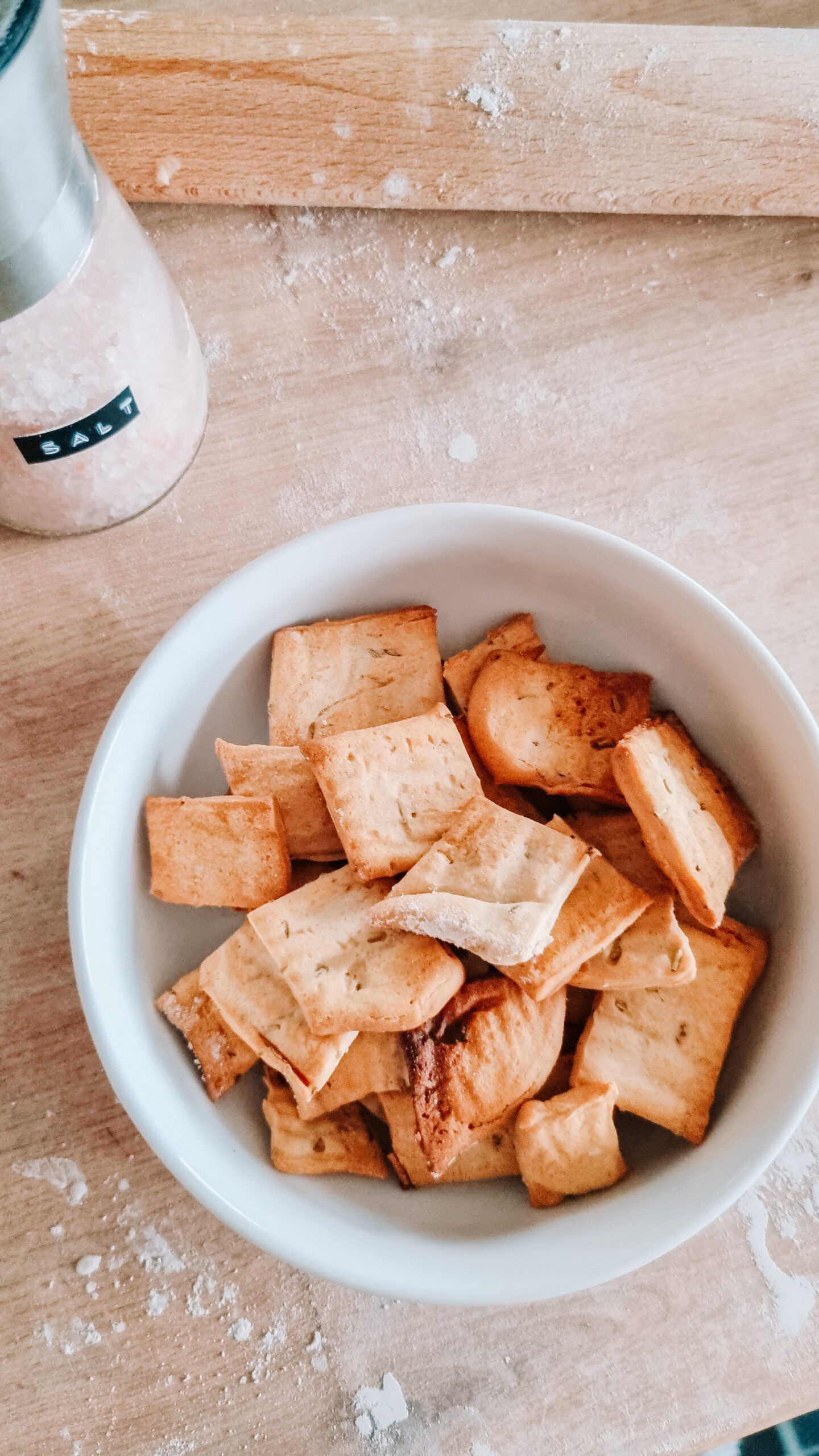
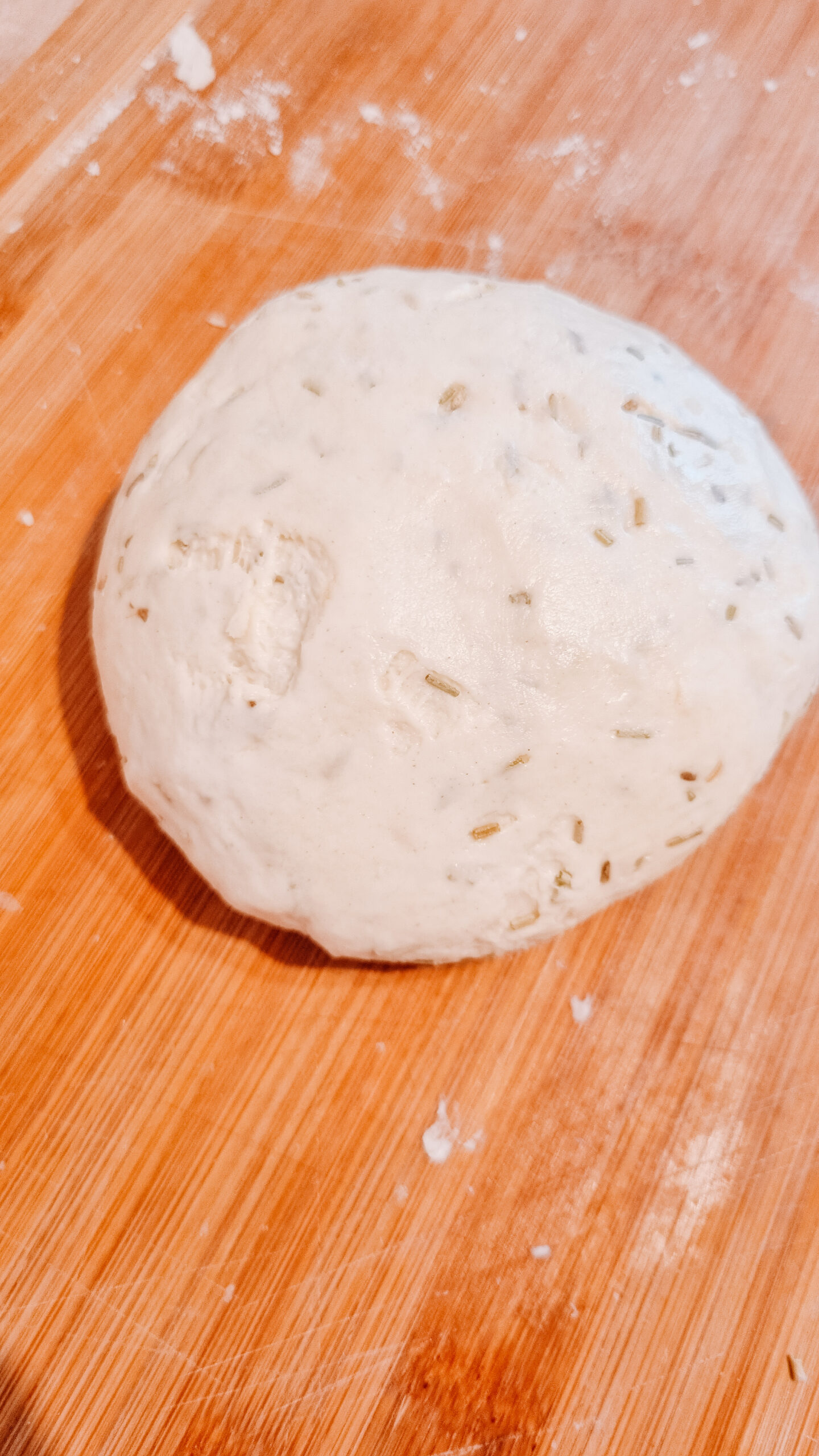
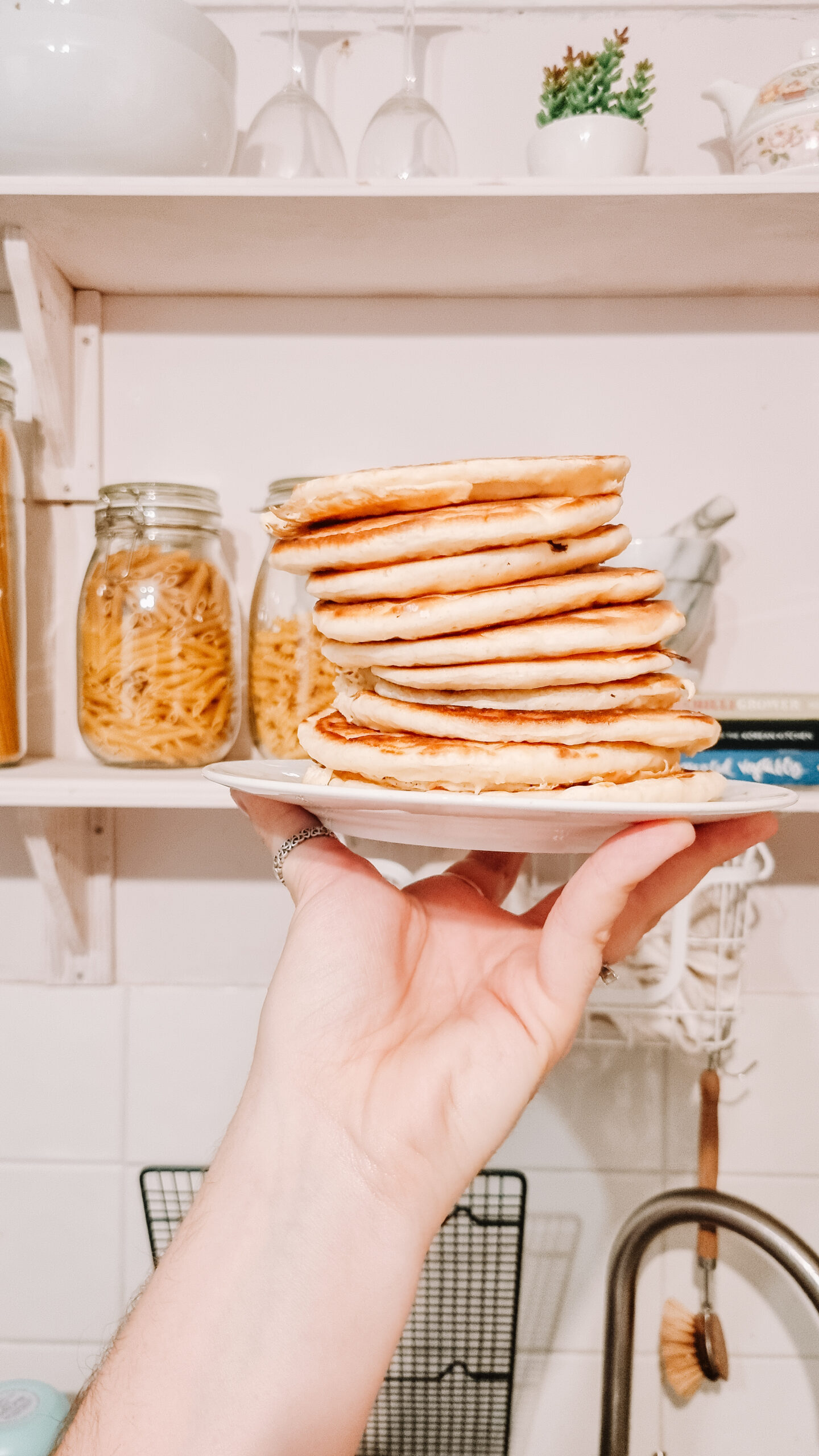
Preserving your food
Preserving your fresh produce is key in any kind of homestead kitchen, so you will want to learn how to utilise your freezer. Another thing I couldn’t live without is my dehydrator. It’s always the thing people ask me most about whether it is worth investing in. Learning canning techniques and making produce shelf stable is something else you will want to learn. This will ensure you are getting the best out of the produce you have.
We only live in a small home but we invested in a small chest freezer last year. It has been a game-changer, allowing us to preserve more produce and especially enabling us to buy meat in bulk.
Fill your pantry (or cupboard) with shelf-stable items or tins. Buying in bulk, if you have the space, can help keep your costs low. It is great for those cupboard staples you use in meals frequently. We always pick up local honey in bulk so we have a constant supply.
5. Embrace a simple homesteaders handmade home
Another key to the urban homestead is creating a handmade home. Whether it be creating your own items, repairing what you have or creating products to use around your home. When we started living a more simplistic life we began to think about the things we use around our home and whether they fit with our lifestyle. When you start living more naturally you definitely call into question the items and products around your home. We now make our own washing-up liquid, hand soap, and cleaning products. We also have the intention of making our own laundry powder and dishwasher tablets soon too.
Whether you are just starting out or consider yourself a more seasoned urban homestead, I hope you find these tips helpful. I hope too that it helps validate that your homestead work in important. Urban homesteading is often overlooked because you don’t have land or raising animals, but your work is still important.
Do you have an urban homestead? I would love to hear from you in the comments, or follow along with our urban homestead on Instagram @lifeonplot44.
